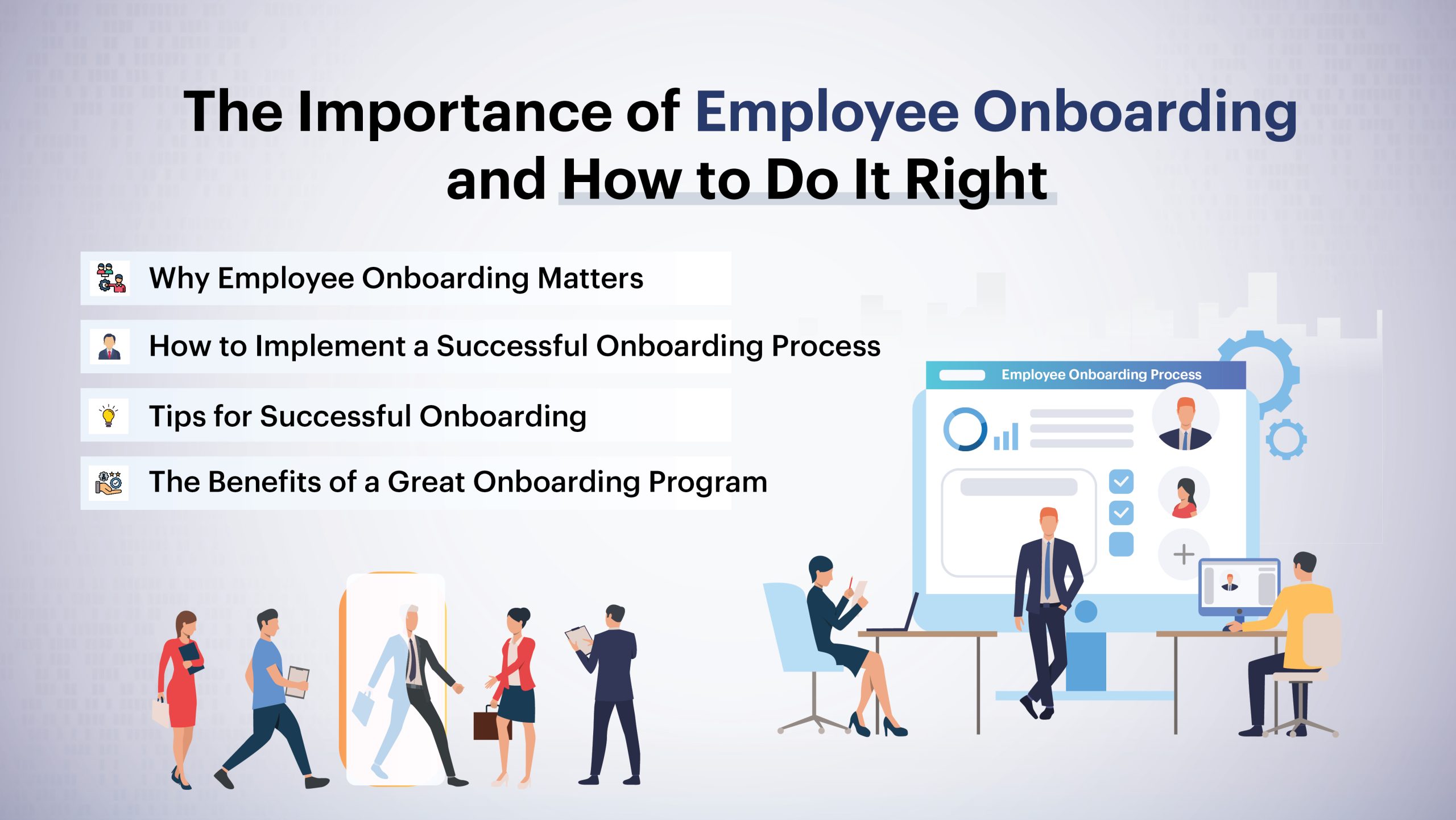Employee onboarding is more than a formal process—it’s the first step in helping new employees feel welcome, supported, and ready to succeed. A strong onboarding program increases employee engagement, productivity, and retention. They also ensure that they are aligned with the company’s culture and goals. Let’s explore why onboarding is important and how to do it right.
Why Employee Onboarding Matters
1. The Right First Impressions
Onboarding is the first real experience that a new employee gets in your company. It is what makes them feel welcomed and assures them that they made the right choice.
2. Improved Employee Engagement
Valued and included, employees are more likely to stay engaged. Engaged employees are productive, motivated, and loyal.
3. Rapid Productivity
It makes employees aware of their role and what to do right from the very beginning of their work. This enables them to contribute sooner.
4. Lower Turnover
New recruits will stay longer if they are well-prepared and supported. A good onboarding process reduces early turnover and saves hiring costs.
5. Cultural Fit
Onboarding subjects employees to a company’s vision, values, and culture. The process of onboarding gives them an idea of how big and meaningful they fit into that picture.
How to Implement a Successful Onboarding Process
Step 1: Pre-Onboarding-Pre-Day One
Excite and prepare your new hires before their first day
Welcoming Message: Warm email or warm call to show excitement
Details: Share information about their first day, information about the team members they’ll be working with, and what to expect or bring
Prepare Tools: Workspace, laptop, and all their accounts are prepared
Step 2: Orientation-Basics on Day One
Ensure the first day is smooth and welcoming.
Company Overview: Share company history, mission, and goals.
Policies and Benefits: Review the employee handbook and discuss the benefits package with employees.
Employee/Team Introductions: Schedule time to introduce new hires to teammates and leaders.
Step 3. Training (Role Preparation)
Help orient new hires to their role and equip them to thrive.
Clear Goals: Explain responsibilities and define “success” in the first 30, 60, and 90 days.
Hands-on Training: Offer experience through shadowing and hands-on training.
Skill Development: Offer training sessions or online courses.
Step 4: Cultural Integration
Help employees feel part of the team and connected to the company.
Assign a buddy or mentor: Pair them with someone who can guide and support them.
Social Activities: Arrange team lunches or virtual coffee chats to build relationships.
Live the Values: Show how the company’s values are reflected in daily work.
Step 5: Continuous Support
Onboarding doesn’t end with the first week. Continue providing new hires with support as they settle.
Regular Check-Ins: Hold meetings weekly or biweekly to talk about progress and challenges.
Ask for Feedback: Let them know how they feel about their onboarding experience.
Celebrate Milestones: Commend when they reach the first month or their first project’s completion.
Tips for Successful Onboarding
Make It Personal: Tailor the onboarding process to each role and individual.
Use Technology: Onboarding software can ease tasks and help gain easy access to the resources.
Avoid Overloading: Introduce gradual information so as to not overwhelm the individual.
Follow-up: Monitor the person’s adaptation frequently.
The Benefits of a Great Onboarding Program
It pays to invest in onboarding: Employees are prepared, confident, and engaged. Companies experience increased productivity, solid loyalty, and a positive work culture. Onboarding is not just a task; it’s an opportunity to set up the employee and the organization for long-term success.
Conclusion
Employee onboarding means, in fact, the beginning of a successful working relationship. By making new employees feel valued, informed, and supported, companies can build a loyal and productive workforce. A great onboarding program ensures everyone starts on the right foot—and stays on the path to success.



